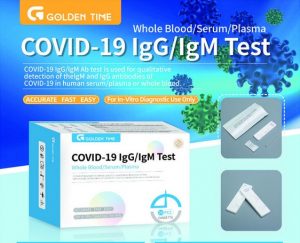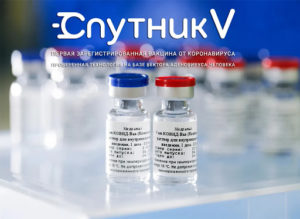The Thanksgiving testing crunch. |
| In downtown Brooklyn, the line for Covid-19 tests was seven hours long by mid-morning on Sunday. Appointments in Buffalo, New York, that would return timely results were already booked up last week. A lawyer who spiked a fever in Chicago had to go to the emergency room to get tested.
Call it the Thanksgiving effect. People across the U.S. are seeking negative tests to clear them for the holiday meal—despite health officials’ pleas to stay home instead and warnings that a screening is no guarantee of safety. In the process, it’s making it harder for everyone to get a test, from asymptomatic worriers to people who have been exposed and those with Covid-like symptoms. The U.S., where about 259,000 have died from the coronavirus, has struggled to implement a unified and successful approach to fighting the coronavirus. President Donald Trump made a point of flouting his own administration’s safety recommendations, and governors have imposed a patchwork of precautions on an exhausted population. Amid the disarray, some Americans plan large celebrations as a matter of political defiance. Though Thanksgiving is the immediate reason for the testing crunch, it also reflects record levels of infections. The U.S. reported more than 170,000 new cases each day over the week through Monday, on average. It performed about 1.7 million tests daily over that period, according to The Covid Tracking Project. Laboratories, meanwhile, continue to grapple with shortages of critical testing supplies that have hampered their capacity since the pandemic’s early months. The situation is evidence that U.S. testing systems are straining in the face of holiday demand and an unprecedented Covid-19 surge. But it also shows that public-health guidance can only go so far. Desperate for an opportunity to see the people they love in the midst of a long, long year, test-takers are muddling through as safely as they can.—Emma Court |
Alex
Koordynator projektu



